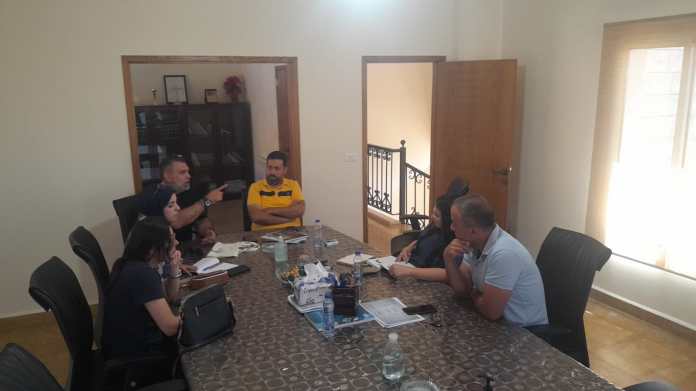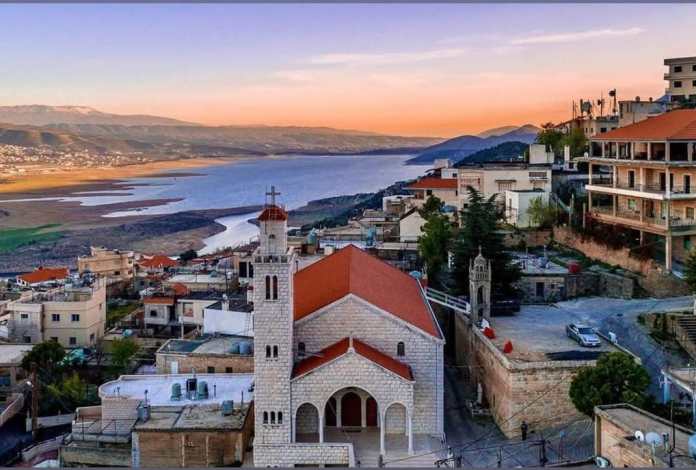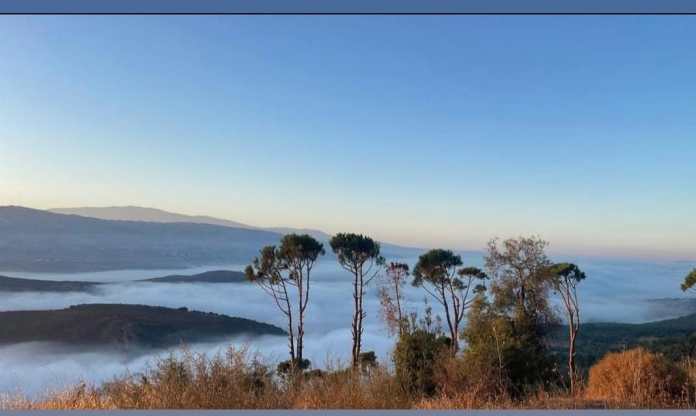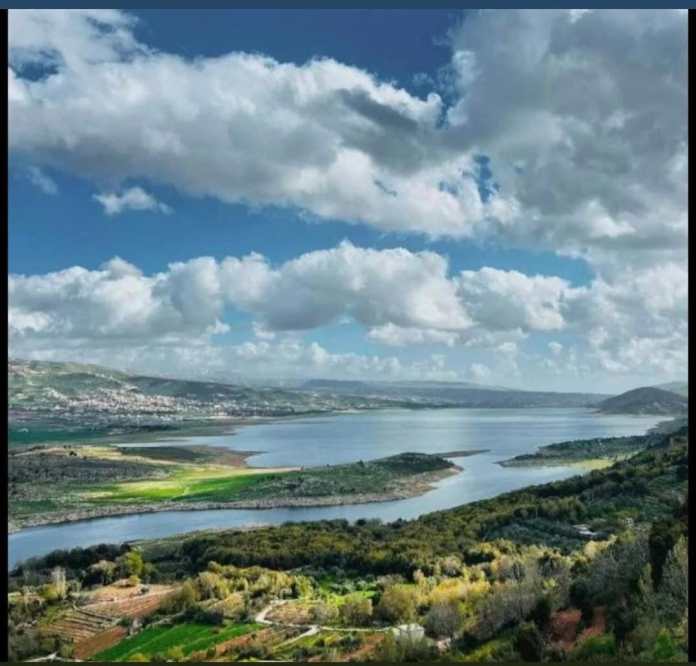Nestled in the green heart of Lebanon’s Bekaa Valley, the village of Saghbine has become home to the country’s 39th Hima, a community-managed conservation area established under the EU-funded Bio-Connect Project. This milestone, proudly announced by the Society for the Protection of Nature in Lebanon (SPNL) through its Homat Al Hima International Center (HHIC), reaffirms Lebanon’s leadership in reviving traditional models of coexistence between people and nature.

A Legacy Revived
The Hima model, a centuries-old system of communal land stewardship rooted in Arab culture, has been successfully revived and modernized by SPNL to address today’s environmental challenges. Through the Hima, local communities are not just beneficiaries but custodians of biodiversity, protecting their lands while enhancing livelihoods.
“Hima Saghbine reflects our vision of reconnecting people with nature,” said Wassim El Khatib, Manager of HHIC. “It’s about empowering communities to take ownership of their environment — to conserve, restore, and celebrate their natural heritage.”



The Jewel of the West Bekaa
Surrounded by serene hills and fertile plains, Saghbine is known for its stunning landscapes, rich ecosystems, and welcoming people. Its location, at the crossroads of several ecological corridors, makes it an ideal setting for a Hima that not only safeguards biodiversity but also strengthens the ecological connectivity across Lebanon.
The new Hima will serve as a living classroom for inclusive conservation, blending environmental protection with community participation, women’s empowerment, and eco-friendly livelihoods such as sustainable agriculture, eco-tourism, and traditional crafts.
Empowering Women, Strengthening Communities
Central to the creation of Hima Saghbine is the empowerment of local women. SPNL and HHIC will provide training and capacity-building to help women play an active role in conservation-based enterprises. By linking biodiversity protection with social and economic development, the initiative ensures that nature conservation becomes a shared source of pride and prosperity.
“Every Hima we establish is a story of resilience,” said an SPNL representative. “Through Hima Saghbine, we are not only protecting nature — we are investing in people, in dignity, and in the future of Lebanon’s rural heartlands.”
A Connected Future for Nature and People
As part of the EU Bio-Connect Project, Hima Saghbine contributes to a broader regional effort to enhance ecological corridors and promote sustainable development. The initiative links communities, habitats, and species across the country, ensuring that conservation is both inclusive and interconnected.
SPNL’s growing Hima network — now reaching 39 sites — represents a living testament to the power of collaboration between municipalities, local leaders, and international partners. It also positions Lebanon as a regional pioneer in community-based conservation, aligning with global biodiversity goals such as the Kunming-Montreal 30×30 Framework.
A Step Forward for Nature and Humanity
The establishment of Hima Saghbine is more than a conservation milestone — it’s a celebration of Lebanon’s enduring relationship with nature. In a time of environmental and social challenges, it stands as a symbol of unity and renewal: where people protect the land, and the land gives back in return.
As Lebanon welcomes its 39th Hima, one message echoes from the valleys of Saghbine:
🌿 When communities care, nature thrives.












